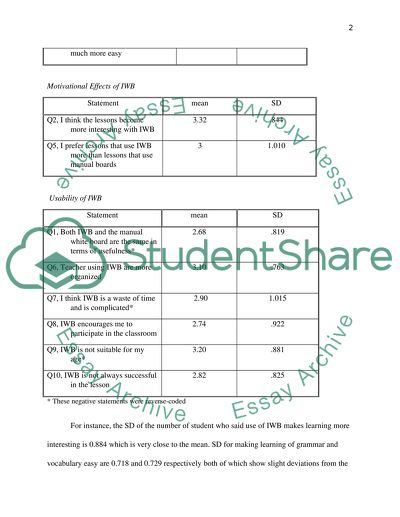Cite this document
(“Teachers evaluation of Interactive Whiteboards technology in Second Dissertation”, n.d.)
Retrieved from https://studentshare.org/education/1483546-teachers-evaluation-of-interactive-whiteboards-technology-in-second-language-classroom
Retrieved from https://studentshare.org/education/1483546-teachers-evaluation-of-interactive-whiteboards-technology-in-second-language-classroom
(Teachers Evaluation of Interactive Whiteboards Technology in Second Dissertation)
https://studentshare.org/education/1483546-teachers-evaluation-of-interactive-whiteboards-technology-in-second-language-classroom.
https://studentshare.org/education/1483546-teachers-evaluation-of-interactive-whiteboards-technology-in-second-language-classroom.
“Teachers Evaluation of Interactive Whiteboards Technology in Second Dissertation”, n.d. https://studentshare.org/education/1483546-teachers-evaluation-of-interactive-whiteboards-technology-in-second-language-classroom.


